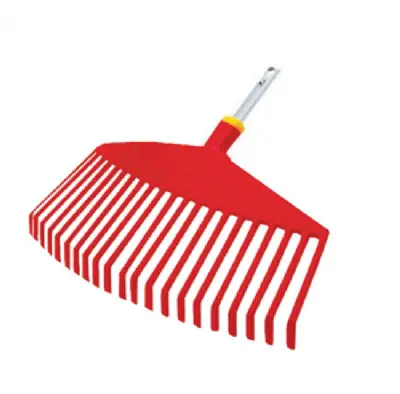
Before we can tackle the issue, we must understand what environmental stress is and how it affects our lawns. Environmental stress on a lawn refers to the negative impact of ecological factors that surpass the plant's normal range of tolerance. Common stressors include prolonged periods of heat, drought, cold, flooding, and even human activity like over-fertilization or excessive foot traffic.
Common Environmental Stressors
Each stressor can lead to different health issues in lawns. For instance, drought can cause grass to turn brown and stop growing, whereas soil compaction can suffocate roots, leading to a decline in overall health.
Identifying the Symptoms of Environmental Stress
The next step is to recognize the signs that indicate your lawn is under environmental duress. These indicators can vary depending on the stressor but generally include changes in color, texture, or growth patterns of the grass.
Differential Diagnosis of Stress
A brown lawn could mean anything from drought to overwatering, and small changes might be overlooked, but their significance should not be underestimated. Understanding the appearance of stressed grass during different seasons and times of the day is paramount to making an accurate diagnosis.
Unpacking the Causes of Environmental Stress
Deepening our knowledge of the causes of stressors is key to developing effective management strategies. Factors such as soil composition, drainage, and local climate can all play a part in the development of environmental stress.
Local Climate and Lawn Health
Clarity on local weather patterns and their effect on lawn health is crucial. Is your region prone to sudden dry spells, or does it experience unexpected flooding during specific seasons? Awareness leads to preparedness.
Assessing the Impact of Environmental Stress on Lawns
Understanding the gravity of environmental stress on lawns is pivotal to prompt action. Short-term visible effects often lead to long-term consequences if not addressed, including sparseness and vulnerability to pests and diseases.
Short and Long-Term Consequences
Short-term impact might be alarming but non-fatal. The long-term consequences, though, can include irreversible damage and loss of the entire lawn if not remedied.
Strategies for Prevention and Management
There exist numerous techniques and practices that can aid in preventing and managing environmental stress on lawns. From water management to selecting the right grass for your climate, these strategies are the frontline defenders of your garden.
Proactive Lawn Care
Proactivity makes all the difference. Regular maintenance, proper watering, and avoiding common pitfalls such as shock from over- or under-watering, will help your lawn withstand the erratic shifts in environmental conditions.
Case Studies and Lessons from the Green
Looking at real-life examples of gardens that have survived environmental stress can provide invaluable insights. What were the turning points, and what strategies proved to be most effective?
Success Stories and Their Strategies
Discover the techniques and shifts in practice that saved these lawns from the brink of disaster. These stories offer hope and tangible advice for action.
Engaging with the Gardening Community
The gardening community is a wellspring of knowledge and support. Join the conversation, share your stories, and learn from others who have faced similar challenges.
Leveraging Community Support
Communities offer support that goes beyond individual efforts. Sharing knowledge and experience can lead to innovations in dealing with environmental stress on lawns and broader green spaces.
Conclusion
Environmental stress is a formidable challenge for any gardener, and its effects on lawns can be disheartening or even devastating. By understanding the causes, recognizing the signs, and implementing targeted strategies, you can take control and protect your lawn from the vagaries of nature. This post aims to empower you with the knowledge and resources to not only combat environmental stress but to foster a thriving and resilient outdoor space for years to come. Remember, every blade counts, and every proactive step makes a difference.





























